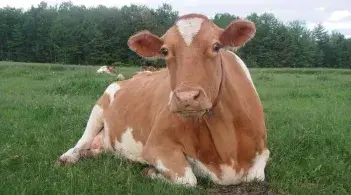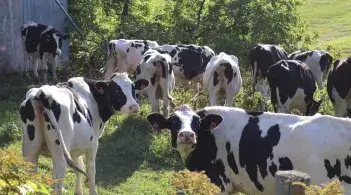Grass-Fed Dairy USDA Organic Research and Extension Initiative
New Grass-Fed Dairy Resources
Cost of Production
- 2024 Cost of Production on Grass-fed Dairy Farms in the Northeast
- 2023 Cost of Production on Grass-fed Dairy Farms in the Northeast
- 2022 Cost of Production on Grass-fed Dairy Farms in the Northeast
- 2022 Cost of Production on Dairy Farms Utilizing Alternative Milking Strategies in the Northeast
- 2022 Webinar Cost of Production on Organic and Grass-fed Dairy Farms
Additional Resources
- Expanded Grass-Fed Dairy Production Research Product
- Organic Grass-fed Dairy Standards Webinar
- National Grass-fed Dairy Survey Results
- Mineral and Energy Supplement Suppliers for Grass-fed Dairy
- Bovine Milk Fats and Organic Dairying
- Grass-fed Dairy Production Practices and Farmer Perceptions
- A Guide to Assessing Forage Quality for the Dairy
- Evaluating the Sensory Characteristics of Organic Grass-Fed Milk

